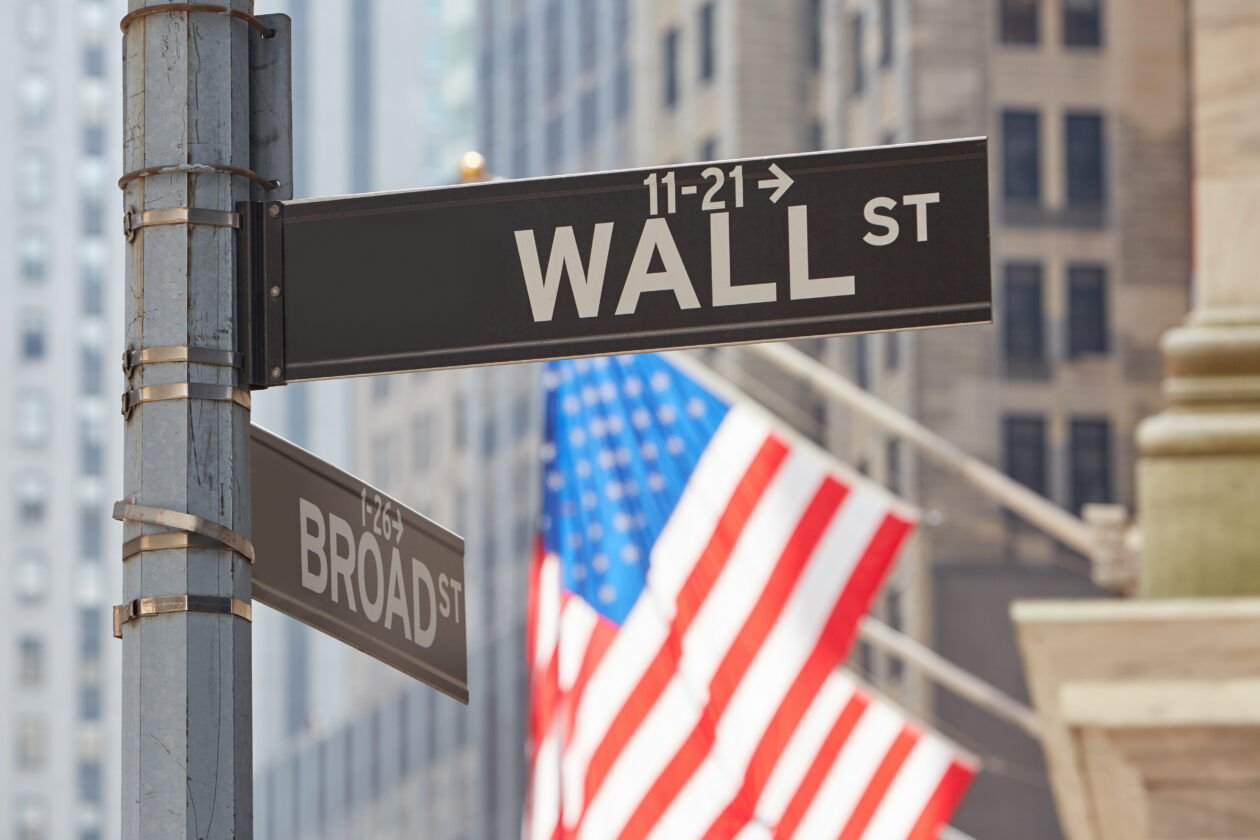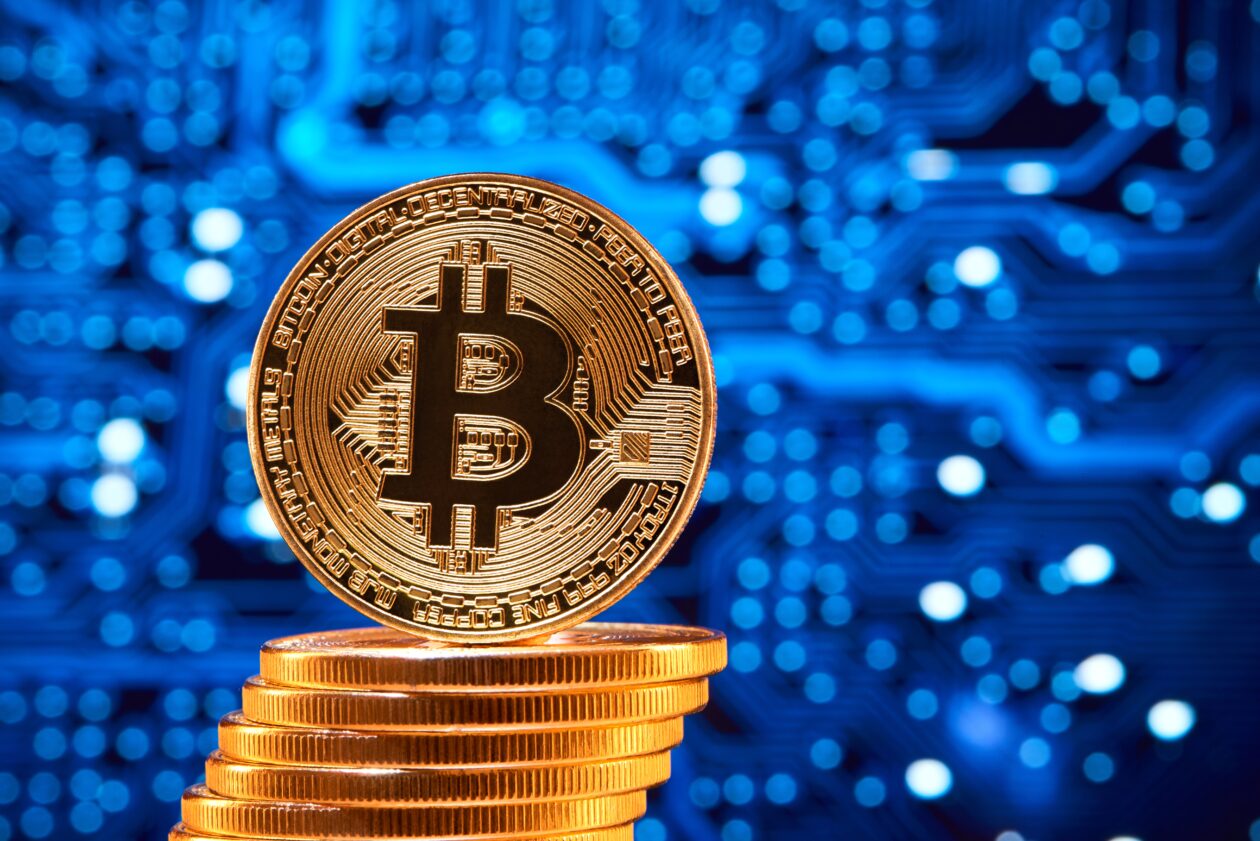Bitcoin dipped on Thursday morning in Asia after briefly breaching the US$30,000 resistance level. Ether also dipped, while other top 10 non-stablecoin cryptocurrencies traded mixed. Cardano’s ADA token led the winners. Meanwhile, the Forkast 500 NFT index moved higher. However, trading volume dropped after a surge earlier in the week. U.S. stock futures logged losses Wednesday but were trading higher on Thursday morning in Asia. Investors now await key U.S. inflation data with an eye on how that will affect the Fed’s decision making on interest rates.
Bitcoin dips but set for bullish trend
Bitcoin dropped 0.72% in the last 24 hours to US$29,592.49 as of 07:30 a.m. in Hong Kong, but rose 1.59% for the week, according to CoinMarketCap data. The world’s leading cryptocurrency reached a high of US$30,093.44 on Wednesday evening, but struggled to stay above the US$30,000 threshold.
Although Bitcoin prices remain range bound, the token is set for a bullish trend, said Samer Hasn, market analyst at Australia-based global multi-asset broker XS.com.
“We witnessed the number of open interest positions (in Bitcoin) rise to the highest level since October of 2022 with more than 10.4 billion positions on August 8,” Hasn said.
He added that a high number of open interests, which includes long and short positions, generally precedes a rise in momentum and increased volatility.
“The increase in the number of open positions reflects more positive sentiment among investors with more recognition,” Hasn said, adding that the new offering of the PYUSD stablecoin from PayPal — one of the world’s largest payment companies — will increase access to cryptocurrency networks.
Similarly, spot Bitcoin exchange traded fund applications from major investment firms like BlackRock and Wisdom Tree will, if approved by U.S. regulators, provide “more access by individual investors, institutional investors, and large companies that may not be able to invest in cryptocurrencies directly,” Hasn said.
Along with Bitcoin, Ether dipped 0.21% to US$1,856.01 but held a weekly gain of 0.94%. Other top 10 non-stablecoin cryptocurrencies traded mixed, with Cardano’s ADA leading the winners, while Binance’s BNB, Tron’s TRX and Litecoin logged losses.
Cardano’s ADA rose 1.03% to US$0.3016 for a weekly gain of 0.75% after the Cardano mainnet launched the Bitcoin token cBTC on Wednesday. The launch will allow Bitcoin holders to tokenize their Bitcoin on the Cardano network as cBTC and use it in Cardano’s decentralized finance (DeFi) applications.
The total crypto market capitalization dipped 0.31% in the past 24 hours to US$1.18 trillion, while trading volume remained flat, inching down 1.11% to US$35.54 billion.
The future is now for gaming NFTs
The main Forkast 500 NFT index rose 0.71% in the past 24 hours to 2,493.11 as of 09:50 a.m. in Hong Kong, and notched a 0.10% gain for the week. Forkast’s Ethereum and Solana NFT indexes also logged gains, while the indexes for Polygon and Cardano dropped.
Total NFT trading volume dropped 16.72% in the past 24 hours to over US$16.31 million, according to data from CryptoSlam. Volumes on the Ethereum, Bitcoin, Solana, Polygon, and Cardano blockchains all also logged losses.
Among NFT collections, Polygon-based DraftKings saw the largest 24-hour sales volume, but fell 65.56% to US$1.43 million. Still, those sales accounted for over 50% of the total NFT trading volume on the Polygon network. The collection is based on sports and betting company DraftKings’ NFT games.
“DraftKings did huge numbers, at one point reflecting over US$4.6 million on CryptoSlam’s collection rankings,” said Yehudah Petscher, NFT strategist for Forkast Labs.
“These are being driven by fantasy football packs in the Reignmakers series. Packs range from US$20 to US$9,999, and some with supplies of over 50k packs. You can see how with brands like DraftKings and the National Football League (NFL), and prices like that, how they can rack up millions of dollars in sales in a day.”
According to Petscher, winter in the market can be a blessing for NFTs used in play-to-earn games.
“This bear market is sorta like the Great Reset for NFTs,” said Petscher in a Wednesday tweet. “Without it traders would still be conditioned for unrealistic gains. Now they’ll be happy for a few dollars here, maybe 20 bucks there, and then some home runs every so often. Expect to see more numbers like DraftKings, DMarket Gods Unchained and Sorare.”
In CryptoSlams’ NFT collection ranking, DraftKings, Mythos Chain-based DMarket, Ethereum-based Bored Ape Yacht Club (BAYC), ImmutableX-based Gods Unchained and Ethereum-based Sorare took up the top 5 spots by seven-day sales volume.
“Mythos Chain, Polygon, ImmutableX, and Ethereum are all represented in CryptoSlam’s Top Five Collections so far this week, and show the multi-chain future that’s not just ahead of us. It’s here,” tweeted Petscher on Thursday.
Elsewhere, Canadian musician and producer Claire Elise Boucher, known professionally as Grimes, said in an interview with U.S. magazine Wired that she has earned more money from NFTs than from her music career. Boucher sold around US$6 million worth of NFTs in an auction in early 2021.
“I’m sad about what happened to NFTs and crypto, because it got polluted fast with people trying to make as much money as possible,” said Boucher in the interview.
“But I do want to think about compensating artists, especially digital artists. And I hope when the aggro niche dies down, we can come back,” she said.
(Updates with NFT section.)
U.S. equity futures up ahead of key inflation data

U.S. stock futures traded higher as of 11:10 a.m. in Hong Kong, after the stock market closed lower on Wednesday.
In Asia, the main stock indexes were mixed on Wednesday morning. China’s Shanghai Composite, Hong Kong’s Hang Seng and South Korea’s Kospi logged losses, while Japan’s Nikkei moved up.
Investors are now waiting for the U.S. consumer price index (CPI) in July, which is set for release on Thursday. Analysts expect the annual inflation rate to hit 3.3% in July, up from 3.0% in June, with the monthly rate remaining unchanged at 0.2%.
However, an acceleration in the annual inflation rate would not necessarily equate to a reverse of the recent inflation slowdown.
Talking to The Wall Street Journal, Laura Rosner, founding partner at advisory firm MacroPolicy Perspectives, pointed to this time last year when inflation peaked in June and then slowed down in the following month.
A monthly inflation rate of 0.2% in June would be consistent with the moderate inflation that the Federal Reserve wants to see, Rosner said.
Meanwhile, Philadelphia Federal Reserve President Patrick Harker said on Tuesday the Fed might be ready to pause interest rate hikes.
“Absent any alarming new data between now and mid-September, I believe we may be at the point where we can be patient and hold rates steady and let the monetary policy actions we have taken do their work,” said Harker.
The Fed meets on Sep. 19 to make its next move on interest rates, which are now between 5.25% to 5.50%, the highest level in the past 22 years. Analysts at the CME FedWatch Tool predict a 87.0% chance there will be no interest rate hike in September, up from 86.5% on Wednesday.
Elsewhere, U.S. President Joe Biden signed an executive order Wednesday to regulate U.S. investment in Chinese entities engaged in three sectors: semiconductors and microelectronics, quantum information technologies, and artificial intelligence.
However, the sectors listed in the order were narrower than expected, which some analysts interpret as a sign that Biden’s administration is seeking to improve relations with China.
“For the business community, this is relatively good news,” Sarah Bauerle Danzman, a senior fellow at the Atlantic Council and associate professor of international studies at Indiana University, told Bloomberg. “It’s a relatively narrow notification process and a very narrow set of prohibitions.”
(Updates with equities section.)




